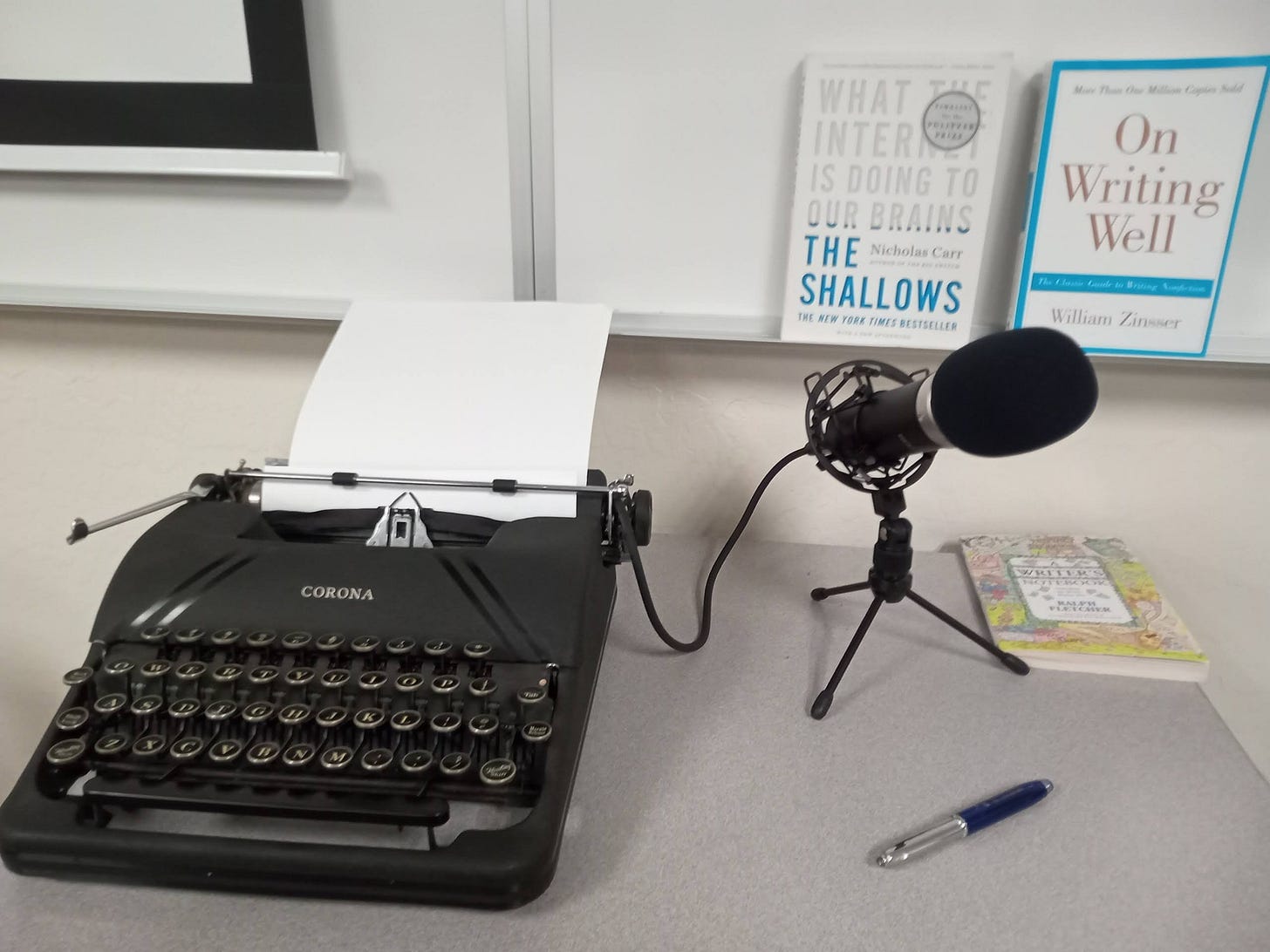I have to admit, I am a terrible skeptic when it comes to what people share on our networks.
Especially WhatsApp. (I belong to just four groups; I bet you subscribe to more.) Do you disdain -ok, even delete— those memes and videos that sail in with the dreaded ‘shared many times’ label? Hey, the irony is not lost on me, sending you a newsletter which you probably didn’t bargain for. But you can unsubscribe to this by clicking on the unsubscribe link at the bottom of this thing. (I won’t feel offended.) However, on my friends and family network, I have to either opt out (and miss my grand aunt’s anniversary, her daughter’s pudding recipe) or… put up with the drivel.
As for my grumpy skepticism, I put it down to my having once worked in marketing. Or being a secret fan of that 1974 book by Wilson Bryant Key, Subliminal Seduction. That’s the one that accused advertisers of secretly painting seductive shapes into ice cubes, or some such weird conspiracy theory. I scoffed at the examples but it made me look deeper into the psychology of marketing and media. When I worked in ad agencies, I never ran into such ice-cube painters, unless they were operating out of a secret closet.
Sometimes I feel like a retired MI6 agent, looking for hidden meaning and toxic residue in everything we are served on our pixel platters. And I don’t just mean ice cubes. (Hey, just for larks, and speaking of things made of ice, did you know that the Baskin Robbins logo hides in plain sight the number 33 {correction: 31} to represent its 33 31 different flavors? OK, not sneaky, but interesting.)
And then there’s disinformation.
I bring up dis- and mis-information a lot in my classes. Is the headline in the newspaper clickbait? Or is it simply stating a fact, I ask. “Has the photograph on the cover of a book been doctored? For what reasons?”
Reminding students to ‘trust but verify’ is a good practice for all teachers, but even more so these days when they’re being strafed by much more nonsense than we were on any given day. Memes, for instance — with double toppings of satire and sarcasm — have become the conveyor belt of what passes for ‘news’ through TikTok. But they are also being exploited to transmit conspiracy theories, and racism, as this piece in The New York Times recently put it.
In the US, we are in the midst of the cacophony aka midterm elections. If I stack the political pamphlets that arrive in my mailbox end to end, they could circle my property. Twice. A new variant of this virus is the fake newspaper. Take these two that arrived in my mailbox last week. It’s an insult to even call these newspapers. NPR calls them zombie newspapers.
One of them could not even get the headline to not bleed off into the column divider. The quality of the photos (one even gave photo credit to Wikipedia!) looks as if they were printed on a dot-matrix printer someone had dug up in their attic. One pretended to be a Catholic newspaper, The Arizona Catholic Tribune; the other was called Grand Canyon Times. Both had the same subtitle under the masthead: Real Data. Real Value. Real News. What were they thinking? Couldn’t the ‘editors’ even properly disguise the fact that one was a clone of the other, with a different web address? Speaking of which, the websites (ha!) were a dead giveaway. Using a simple Whois search I traced the latter to an organization called Epik Holdings that is listed under a Wikipedia entry as a registrar of websites operated by neo-Nazi and extremist groups. So much for the ‘media’ we have to deal with now. Makes me want to address disinformation right through the year!
------------------------------------------------------------------------------------------------------
Old school. New school. Do you listen to podcasts? If so, could you tell me why? I returned to podcasting after many years and am still trying to unpack the enigma. I got started off when I used to work at Arizona State University, back in 2009. That was the time when we had to explain what the dickens a ‘pod’ in ‘podcast’ meant. So in my second innings, I have found that producing a podcast is much easier, but, with the explosion of genres, it’s a lot harder to keep up with the pace.
In my class podcast, Radio201, I try to keep it to about 15 minutes, but take the liberty to add sound bytes, music, intros and outros for which I recruit staff members and students. I also produce a school podcast, Fully Charged, that I try to keep under 10 minutes.
I am still trying to figure out what the sweet spot in podcast length might be. If you have a moment, please weigh in! I’m old school in many ways, and still say things like ‘thank you for tuning in’ when no one really turns a dial to get to a podcast. I’m old school. I have an transistor radio sitting by my desk, right next to a typewriter. I also use a digital recorder that looks like a Taser. Really! It keeps my students guessing. Many of us straddle two eras, don’t we?
So that’s all for this week.
Remember, this is my newsletter experiment. If it gets super annoying, please feel free to unsubscribe.





very smooth read. Like how simply you explained the mis information culture
Keep up the good work, Angelo and I agree 100 per cent with the shoddy media going around as journalism or newspaper these days. Love your style and research. Cheers